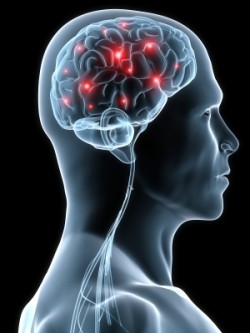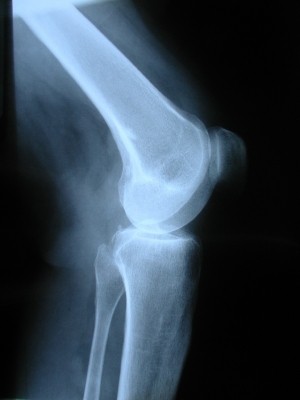EFSA issues psychological health claim guidance

“Except for some essential nutrients which have well-established roles across a wide range of neurological domains, the Panel considers that for other food constituents, maintenance or improvement of “neurological function”, “brain function” or “psychological functions” (the latter encompass both cognitive and affective domains) per se are not sufficiently defined for a scientific evaluation,” the guidance states.
“ The specific aspect of the neurological/brain functions which is the subject of the claim must be identified.”
The guidance goes on: “Contribution to normal neurological and brain development is considered a beneficial physiological effect. The particular life stage to which the claim applies should be specified. As for general claims on neurological and brain functions, for food constituents other than essential nutrients, the specific aspect of neurological or brain development which is the subject of the claim must be identified.”
Cognition
On cognitive claims the guidance notes that they can be, “objectively measured by standard psychometric tests (eg standard “computerised‟ or “paper-and-pencil‟ tests), validated for the relevant age group.”
These include Wechsler intelligence scales and Cambridge automated neurological test battery (CANTAB). However changes in electroencephalogram (EEG) frequency patterns), “are not validated to date as functional markers of cognition.”
Reducing cognitive decline in older people was considered a positive effect, as are cognitive development claims in children.
Bayley scales of infant development, the Fagan test of infant intelligence, the Peabody picture vocabulary test, the clinical linguistic and auditory milestone scale and the Kaufman assessment battery for children are considered valid measures.
The guidance hints disease population data can be extrapolated to general populations if the mechanism can be shown to exert an influence in both disease and health.
Alertness
Alertness claims “might” be beneficial, the guidance states.
“Changes in alertness can be measured using validated psychometric tests, which determine reaction time and/or speed of response to standardised tasks (e.g. measures of reaction time on simple reaction time, choice reaction time or standard vigilance tests measuring speed of reactions).”
“Self-rating scales of alertness (e.g. mood, alertness and physical sensations scales (MAPSS)) cannot be used to substantiate a claim on alertness.”
Attention
Improved attention and concentration are deemed beneficial effects with the Stroop test and categoric search attention test among validated measures.
“Changes in sustained attention can be measured using validated psychometric tests (e.g. continuous performance task, rapid visual information processing task, and visual or auditory vigilance tasks).”
Disease-healthy population extrapolation is deemed possible.
Memory
“Memory is not a unitary construct but instead reflects a number of distinct cognitive processes,” EFSA wrote.
“Claims may focus on a certain aspect of memory (e.g. working memory, explicit memory, implicit memory).”
Mood
Improved mood “might” be a beneficial effect, EFSA said.
Measures include validated self-rating adjective checklists (e.g. profile of mood state (POMS), multiple affect adjective checklist (MAACL), and visual analogue mood scales (e.g. Bond-Lader visual analogue mood scales (VAMS)).
Again population extrapolation is possible.
Anxiety, stress
Both kinds of claims may be beneficial but, “changes in biological parameters associated with acute psychological stress responses (e.g. cortisol, heart rate, salivary IgA) may only be used as supportive evidence to the subjective assessment.”
Vision
Vision measures include visual evoked potential (VEP) acuity testing (e.g. sweep VEP acuity), electroretinogram (ERG), and subjective, standardised behavioural measures of visual acuity (e.g. Teller acuity cards).
But in a blow to carotenoid players, macular pigment density in the eye, “is not a suitable outcome measure to substantiate a claim on the maintenance of normal vision”.
Sleep
Sleep promotion is deemed beneficial including, “sleep onset latency (time taken to fall asleep), sleep duration, sleep efficiency (ratio of total sleep time to total time in bed), and sleep quality (defined as perceived quality of sleep).”
“Sleep measures include validated questionnaires (e.g. global symptom questionnaire or index), sleep diaries, polysomnography and actigraphy.”
The guidance can be found here.















